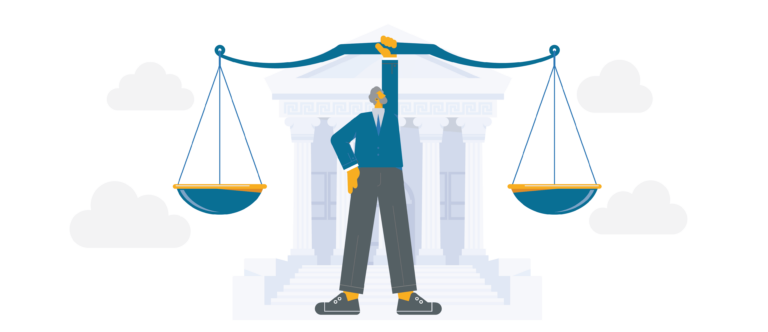- 3 Mins

Is it time for a refresh of your employee benefits plan? While sticking with the status quo might seem easier, sometimes change is necessary. Clear communication of any adjustments is crucial to ensure that your employee benefits are used effectively.
Why Make Coverage Changes?
Think of your employee benefits as tools—they should be used by employees to stay healthy and happy. If certain benefits aren’t being utilized, it might be time to reconsider. By adjusting benefits to match employee needs, you’re maximizing the value of your investment while fostering a positive work environment.
For instance, you can remove coverage for prescription glasses, which many employees don’t need. Instead, you increase the Health Spending Account allotment, providing flexibility for all employees’ medical expenses, not just glasses.
Communicating Changes
Making changes to your employee benefits plan requires careful consideration and clear communication. Here are some best practices:
- Stick to your benefits philosophy when making changes.
- Use utilization reports and data analysis to guide decisions.
- Involve all stakeholders and consider employee feedback.
- Communicate changes to all employees well before they take effect, especially if they could impact existing authorizations.
- Use multiple communication methods, such as in-person meetings, emails, handouts, digital resources, and FAQs, to ensure everyone understands the changes.
Where to Get Support
Employers need to ensure employees know who to contact for questions or support regarding benefits changes. This could be a Human Resources representative or benefits administrator. Encourage peer-to-peer discussions on the company intranet to enhance understanding and utilization of benefits.
Ongoing Benefits Communication
Employee benefits are not always top of mind for employees. Until they are needed, employees do not often go out of their way to learn about them. This is why it is so important to have resources readily available for those moments when an employee needs the services provided. Making it easy for them to find the information on what it is and how to access a service or benefit can make the difference between employees using the service or not.
Employee benefits education shouldn’t end after onboarding. To ensure benefits are utilized effectively:
- Incorporate benefits information into onboarding processes.
- Provide regular educational reminders, perhaps through annual meetings or weekly sessions covering different aspects of the benefits package.
- Keep communication simple and start with the basics before delving into details, either in the same meeting, webinar, or in subsequent meetings and/or emails.
By maintaining clear and consistent communication about changes to your employee benefits plan, you can ensure that employees understand and make the most of the benefits available to them.



